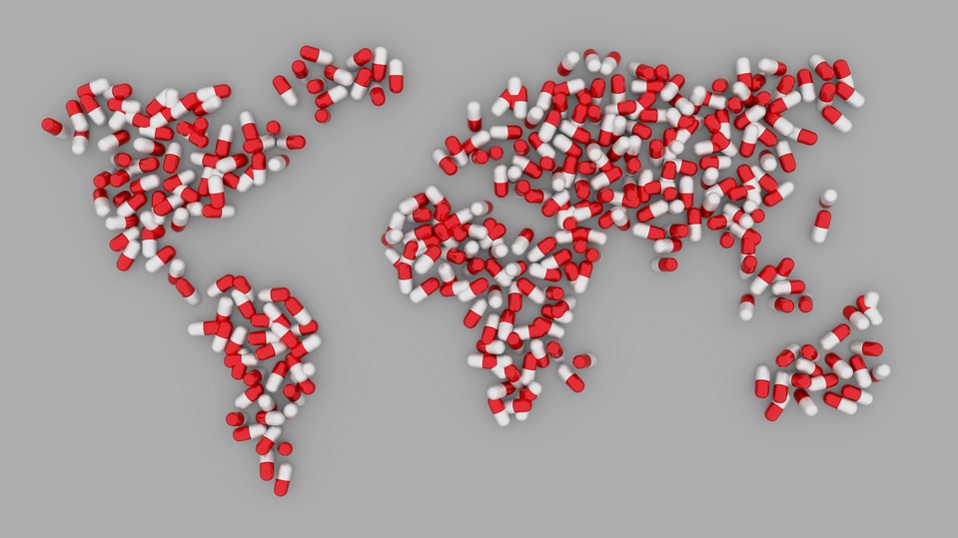
Believe it or not, in Victoria, Australia, it is purportedly illegal to wear hot pink pants after midday on a Sunday.
Even stranger: Piracetam is legally classified as “poison” in Australia.
Granted that piracetam, the first racetam & the most popular nootropic drug, is largely a prescription-only drug in many countries, very few governments would be so bold to deem it “poisonous,” considering it’s less toxic than salt.
This highlights one of the primary issues of the ever-rising global nootropic market: Not all nootropics share the same legal status from country to country.
Posing the important question: Which nootropics are legal in your neck of the woods?
Nootropics Around the World
Before we get into nootropic legality, we must first list the different classifications of nootropics.
Generally, nootropics range from: Herbs, Vitamins, Minerals, & Drugs (lab-derived synthetics, such as Racetams). In a legal sense, these are often politically divided into Dietary Supplements (herbs, vitamins, minerals) & Drugs.
The general rule of thumb in almost every government is that Dietary Supplements are safe until proven unsafe, whereas Drugs are unsafe until proven safe.
In other words, herbal, vitamin, & mineral nootropics recognized as dietary supplements have full legal access to the public, while synthetic nootropics require legal “acceptance” to be used for human consumption. Following acceptance, drugs often become government regulated & dispensed via prescription.
What about “Smart” Drugs?
Adderall, Ritalin, Modafinil, etc. etc. are almost unanimously prescription-only drugs and in some cases outright banned. While they technically provide nootropic effects, their use in most legal systems generally pertains to treating disorders rather than providing supplemental aid for cognition & brain health.
For the sake of simplicity, we’re going to ignore the legal status of smart drugs for each country as it should be assumed that they’re always prescription-only.
Importing from Other Countries
One of the most common loop-holes for bypassing prescription-only regulations is importing nootropics from foreign suppliers uninhibited by local government.
Technically, ordering prescription drugs without a prescription is illegal (even if it comes from a legal source), yet more & more nootropic users are turning to this route due to lax customs controls and the growing global demand for nootropics. Many governments allow the importation of “unapproved” drugs, so long as they’re intended only for personal use—which is typically measured by the size of the supply (anything greater than a 3 month supply delivery is a RED FLAG to customs).
While territorial laws govern the legality of nootropics within the lines of each country, many lines are crossed in the global space between each nation. We’ll do our best to offer what insight we can on navigating this mess where it might concern you, but by no means do we claim to have all the answers on it.
We’ll let the government officials figure that one out.
United Kingdom
The Medicines and Healthcare Products Regulatory Agency (MHRA) legalizes most nootropic drugs for personal ownership & consumption… with the exception of piracetam, which is labeled as a Prescription-only Medicine (POM) for the treatment of cortical myoclonus.
Piracetam
Strangely, the legality of piracetam primarily applies to “in-person” sales, whereas “mail-delivery” orders of piracetam are largely unchecked by UK customs. Other racetams (aniracetam, oxiracetam, pramiracetam, noopept) are allowed to be imported without a prescription, so it’s generally recommended to try these legal alternatives before considering piracetam.
However, many non-prescription piracetam users have reported minimal issues with importing piracetam without a prescription, so long as their orders didn’t extend beyond 1-3 month supplies.
Vinpocetine
Most European countries require a prescription to also purchase vinpocetine (Cavinton®), making it tough for the UK to order from local vinpocetine suppliers (because there are so few in the European Union).
Citicoline
Many European countries also sell citicoline by prescription under various brand names.
United States
For the most part, all nootropics are A-Okay in the U.S.A.
Herbs, Vitamins, Minerals, & Racetams—the U.S. government neither schedules nor controls any nootropic type. On the consumer side, all you need to know is:
There are no legal restrictions on owning or consuming nootropics in the U.S.
For manufacturers, however, the rules can get hairy: While nootropics are legal, nootropic products (namely nootropic drugs) require FDA approval to be sold for human consumption. This means “unapproved” nootropic drugs must be marketed as “research compounds”—which is fine, except this inhibits manufacturers from including useful information such as dosages or Daily Value % as these suggest “use for human consumption.”
Is Piracetam banned?
Not quite. Conflicting reports of FDA bans on piracetam products have naturally spurned confusion over the Interwebs on the drug’s legality in the U.S.
The only order delivered by the FDA to the manufacturers was to stop selling piracetam as a dietary supplement. The other option is to sell piracetam as a “drug,” but that requires an FDA “drug” approval process that costs upwards of $50 million.
For the time being, piracetam manufacturers are willing to sell the nootropic as a “research compound.” Unfortunately, this means we won’t see the wide-scale sale of piracetam in retailers such as Amazon or eBay—at least, not until the FDA revises its “drug” regulatory process.
More on nootropic legality in the USA
Australia
The Therapeutic Goods Agency’s (TGA) regulation of nootropics runs nearly identical to that of the MHRA. Australians are able to purchase, own, & consume nearly all nootropic types, yet require a prescription to order piracetam.
When it comes to nootropic drugs, Department of Health Australia (DoHA) generally acknowledges them based on their medicinal value. TGA authorities are primarily responsible for regulating therapeutic goods, so recreational nootropic drugs such as racetams lack proper regulatory coding and are therefore not sold in Australia—however, they can still be imported in < 3 month supply orders.
Piracetam Schedule IV Drug
Despite a long history of non-toxicity reports, piracetam has a unique status in Australia as a “Schedule IV Drug”—ranking it as a government regulated POM. It’s important to note that DoHA does not control piracetam, so there are no restrictions on mail ordering piracetam under Australia’s Personal Importation Scheme, despite being a scheduled drug.
Citicoline
Similar to racetams, citicoline isn’t listed on the Australian Register of Therapeutic Goods, which means it is “unapproved” by the TGA and must be imported.
Canada
Health Canada establishes regulatory policies on nootropic drugs by assigning a Drug Identification Number (DIN) to each drug medication. At time of writing, no nootropic drugs have assigned DINs and, therefore, do not require prescriptions to be bought (needless to say, nootropic herbs, vitamins, & minerals are all legal to buy as supplements).
Racetams
However, non-regulated drugs, such as racetams, cannot be commercially sold in Canada. To acquire racetams, Canadians typically order them from the U.S. in < 3 month supplies. Fortunately, piracetam doesn’t require prescription in Canada and, thus, requires no extra measures outside of importation to acquire.
Russia
Naturally, as the home of the most advanced nootropic research, Mother Russia is fairly lenient when it comes to nootropic drug access. Throughout the Cold War to present day, the Russian government has actively studied, created, & promoted nootropic drugs for professional use. In a legal sense, this can be sort of confusing as Russian & Eastern European doctors commonly prescribe nootropics (such as Noopept) that can be bought over-the-counter.
Prescription Brands
Oddly, while most nootropic drugs are legal in Russia, prescription status can differ based on brand names—for instance, piracetam is legally available without a prescription in certain areas, yet you’ll need a prescription to buy the Nootropil trademarked version. Even then, assume that all racetams are prescription-based when buying in Russia.
China
If Russia is the home of the most advanced nootropic research, China is the home of the largest nootropic drug dispensary. Incidentally, most of the world’s piracetam originates from China, where it’s subjected to very high quality controls. This makes it very easy for Chinese citizens to purchase nootropic drugs without prescription, including “smart” drugs such as Modafinil & Provigil (except in Hong Kong) .
Huperzine-A
However, Hup-A, which straddles the line between drug & natural supplement, deserves special attention here for being sold in China as both an over-the-counter & a prescription drug (prescribed for Alzheimer’s disease).
Japan
Home to many nootropic supplements (sulbutiamine, citicoline), Japan is both a hub for natural nootropics and surprisingly inflexible when it comes to importing “unapproved” nootropic drugs. Additionally, the Japanese pharmaceutical & regulatory policy-makers are notorious for supporting a low-rate of accessible over-the-counter drugs—although, these numbers are improving, which only helps increase nootropic access in Japan.
Piracetam
Japan’s Pharmaceuticals and Medical Devices Agency requires prescription to buy the most popular racetam drug.
Sulbutiamine
Despite developing the synthetic Vitamin B1 (thiamine) derivative sulbutiamine (which is legal in many Western nations), Japan sells it as a prescription-only for the treatment of asthenia–true or perceived muscle weakness.
Vinpocetine
Similar to many European countries, Japan views vinpocetine as a drug and prescribes it for Alzheimer’s disease.
Brazil
The Agência Nacional de Vigilância Sanitária (ANVISA) (National Health Surveillance Agency) is responsible for the surveillance of Brazil’s food supply & drug registration. Due to Brazil’s alarmingly high rate of drug abuse, Brazil keeps most drugs “behind-the-counter” and requires pharmacists & doctors to abide by the ANVISA “stripe” system—which indicates the risk level of a drug by the color of the stripe assigned to it.
Red Stripe Medicines
Most of the nootropics barred by prescription in Brazil are labelled as “Red Stripe Medicines” or “Red Stripe Psychoactive Medicines,” which range from antibiotics & anti-inflammatories to anti-depressants & anabolic steroids. Prescription “Red Stripe” nootropics include:
- Piracetam
- Vinpocetine
- Citicoline
- Ginkgo Biloba
- Rhodiola Rosea
- Sulbutiamine
France
Prescription medicines in France are listed as Ordonnances, while non-prescription drugs are largely kept “behind-the-counter.” However, in an effort to reduce pressure on the national health care budget, more non-prescription drugs are becoming available over-the-counter. The result is more nootropics lining the shelves in France.
Piracetam
Piracetam is on the Ordonnance-Liste II, which classifies the drug as a “poisonous substance” that requires a prescription to purchase. Other racetams can be imported to France for personal use (< 3 month supplies).
Vinpocetine
Vinpocetine requires a prescription to be purchased in France.
Germany
The German government is reportedly strict when it comes to importing “unapproved” nootropics. Food & drug regulation policies are determined by the Bundesinstitut für Arzneimittel und Medizinprodukte (Federal Institute for Pharmaceuticals and Medical Products), which tends to “approve” drugs based on their medicinal value—rather than recreational.
Piracetam
In Germany, piracetam is verschreibungspflichtig (only available by prescription) and illegal to import.
Ginkgo Biloba
Heavily researched by German scientists, Ginkgo Biloba is one of the most popular over-the-counter supplements around the world. In Germany, the massive clinical support behind the plant makes it a prescription herb used for the treatment of cardiovascular issues.
Vinpocetine
Vinpocetine requires a prescription to be purchased in Germany and is used to treat Alzheimer’s disease.
Other EU countries that require prescriptions for nootropic drugs
The ranges & perspectives of what qualifies as a “drug” can vastly differ from government to government, so by no means is this section a catch-all for every EU legal system. Rather, here’s a generalization of which nootropic drugs are sold by prescription across the European Union.
Piracetam
The legal status of piracetam differs from country to country in the EU—for instance, Belgium, Czech Republic, and Ukraine require no prescription to acquire piracetam. However, here’s a list of European countries that do restrict piracetam access based on prescription:
- Italy
- Finland – sold by the industry name Lääkelait
- Sweden
- Switzerland
- Netherlands
- Norway
- Poland – sold under the names Nootropil & Memotropil.
- Spain – sold under the local name Nootropyl
Vinpocetine
Similar to Hup-A, vinpocetine can be viewed as both a drug & a natural herb. In the European Union, vinpocetine is generally viewed as a drug and thus regulated as one. Most EU nations sell the nootropic as Cavinton® and require a prescription for its use.
Citicoline & Alpha-GPC
Developed in Japan as treatment for stroke, citicoline was introduced to many European countries as a prescription drug. For the most part, it retains its prescription status across Europe, yet its use is becoming more commonplace due to its proven effects on cognition & brain health.
Alpha Glyceryl Phosphoryl Choline, on the other hand, has similar acetylcholine-boosting effects as citicoline, yet has slightly more legal access in the EU. Alpha-GPC can be found in some popular nootropic stacks with huge international sales–yet, some European countries treat it as a prescription drug.
Conclusion
Not every country was (or could be) represented here due to a number of reasons:
- No government restrictions on nootropics within the country
- No established market for nootropics
- Overly obscure, complex, or unstable legal regulations
By no means is this list entirely comprehensive, but it should serve as a solid starting point on global nature of nootropic legality—particularly as it might pertain to your region or perhaps a travel destination.
As always, if you’re unsure whether a nootropic is legal in your territory, check with your local food/drug agency—or whichever local government branch that designates food/drug policy in your area.
After which, check here to learn which (legal) nootropics are best for you.
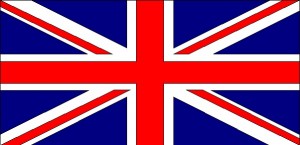
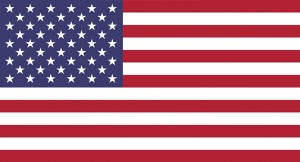
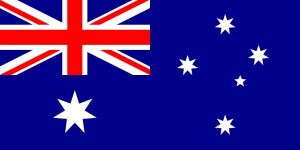

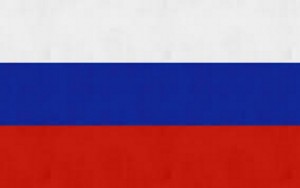
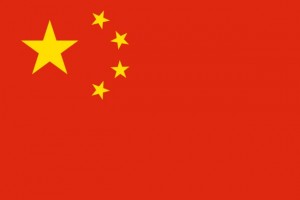
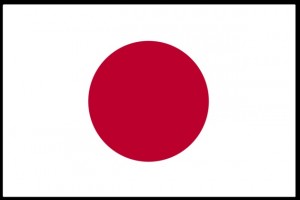
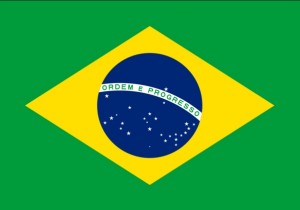

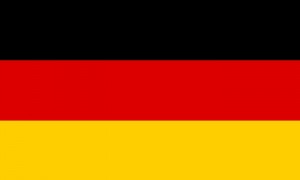
“Overly obscure, complex, or unstable legal regulations”
^ Poland in a nutshell.
Hi – interesting summary – but before I post let me disclose I AM THE expert in piracetam more than well nearly everybody, put me in the 0.00001% of the world who knows piractam inside out. FIRST, the Notion that piractam is not toxic is false. In fact, one risk of piracetam is that is linked to higher risk for bleeding, it has Warferin type effects. In-fact so much so when the FDA was approached to understand path for a full regulatory approval, they wanted Addition studies conducted in humans to understand this risk. Among other stuides to examine toxcitiy. Let’s just say the tone of the FDA in that letter was not nice, in consdieration of the all the evidence that was had at the time and the accumulated world-wide experience from a safety perpective. The manufacturer at the time decided not to pursue the market aurthorization due other product development opportunities. Consider an indication for piracetam in other markets include a sickle cell one (its red-blood cell disorder). A study in patients with ichemic stroke was terminated due to accidental includsion of patients with hemorragic stroke – More patients who received piracetam died vs. Placebo so the study was terminated, this is in the public Domain. Also consider most studies of piracetam were conducted before ICH GCP Guidelines and FDA/EMEA regulations that directed/standareded the capture of safety Information – there are certain Events that MUST be collected. The old studies had no such guideance, so in the majority of those studies as there was no formal safety data capture, investigates didn’t know what to look for and had no guidance on how to Report or capture data in a clinical study as we do today- we can pick up so much today that it was ever possible safety wise as in the time when most piracetam studies were done. So this is a good Thing. So the reality is that there is more of a LACK of safety data, that should not mean that it is safe. Other GCP Level studies were done, i.e. that stroke one and one in mild cogntiive impairment, you can find results on clinical Trials.gov. In the latter safety proflies was not sufficently differented than Placebo, but scientificially the Interpretation is not that its safe, in fact if you said so, you’ll see how fast the Health Authorities and Scientific Community would slam you. SECOND, it was mentioned that piracetam is for treating disorders, this is correct, there is NO evidence that piracetam will improve cogntive function in healthy Folks. The investigators even in the early studies were very very careful to define who was included in These studies.
One more comment, the cognitive impairment study was a negative study – this was a study in adhearance to ICH-GCP with a powered primary endpoint (to elimate Type I and Type II error, i.e. defined Alpha and Beta) defining the sample size (few hundred patients). No benefit was found. I can go into issues of study design etc. that will go above the heads of Readers here but key Point, No benefit. Scientifically the interpreation is you get NO benefit with risk for a safety Event, from a Heatlh Authority perspective we would say – negative benefit risk Profile. However – I do have the luxury to say we and when I say “we” – us clinical scientists and experts who are members of the scientific community, that we can’t limit potential benefit to patients with pro-dromal AD (MCI) based on this study but only I can say that. Not others with no scientific or clinical or statistics training who have never engaged with a health authority (i.e. FDA) and understanding of how to design and conduct clinical studies, and Interpret findings, The drug has its merits but don’t over exaggerate its benefits and falsely minimize safety risks. That does harm – and if you really want to give advise on drugs -, follow the oath that MDs must take…….”first…do no harm”.